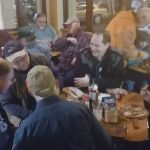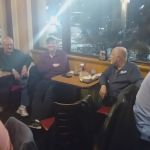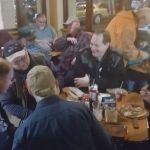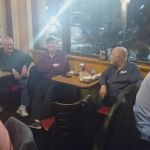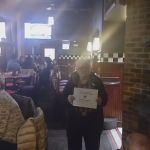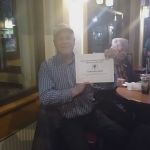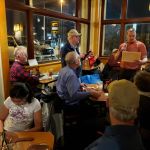Winter Field Day – Cancelled
Due to forecast temperatures in the single digits SARC has cancelled this event. The original text of this post is preserved below:
Winter Field Day takes place from 1pm Saturday January 26 until 1pm the following day. Everyone is invited to join the club from at the Schaumburg Community Recreation Center and get on the air for this fun event.
Setup will begin at 12 noon on Saturday and we’ll operate until approximately 4pm. You’ll find us outside the facility near the bocce courts and picnic shelters. This is the same location as our monthly club meetings.
If you can’t make it you can also operate from home! You can find additional rules at the Winter Field Day Association.
Holiday Party, Prizes and Awards
Plenty of members and their families attended the Holiday Party on January 17 at Buona Beef. Two members were honored with awards and raffle prizes were awarded for checking into our weekly Thrursday night net. In addition to the off-center fed dipole, ARRL small spaces antenna book and a $25 ARRL gift card raffle prizes, members exchanged gifts as part of a grab bag and took home various ham radio or electronics related gifts.
Photos from N9NBH and AC9EM
Two Club Members Honored
At the January 17 Holiday Party, outgoing club president Matt Walsh, AC9IG honored two members with the club’s annual Bill Smead Memorial Construction Project Award and the Member of the Year award as voted on by the club’s membership.
Long time club member Ron Remus, WB9PTA received the Bill Smead Memorial Construction Project Award. The inscription reads “In recognition of technical knowledge, continued attendance and promoting the amateur radio hobby at the Schaumburg Amateur Radio Club’s Construction Project meetings.” Ron’s name and call sign will also be engraved on a plaque displayed at the Construction Project Meeting site.
Another veteran member Cliff Swoka, K9QD received the Member of the Year award. It was presented “In recognition of exemplary service to the club, continuing service as a club officer and participation in club activities and the amateur radio community.”
